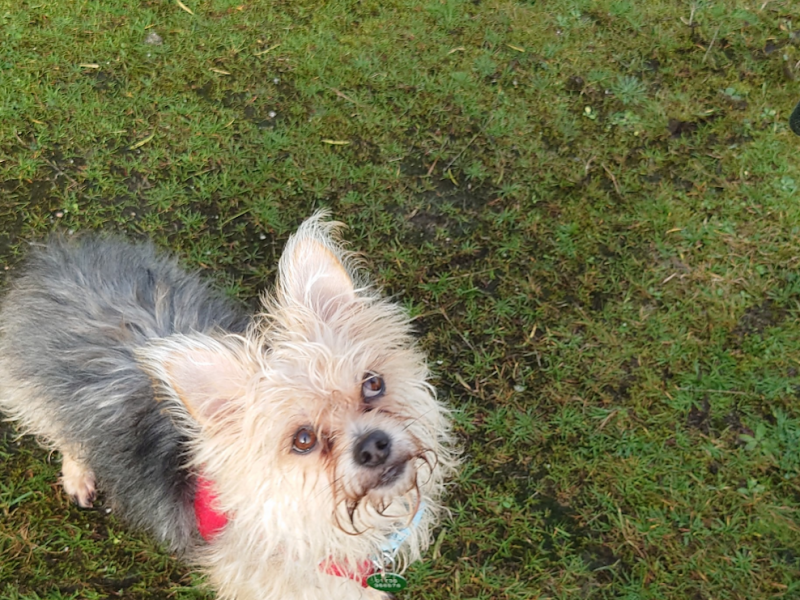Call / 07815 167247
Email [email protected]
Call / 07815 167247
Email [email protected]

Picture this.
I'm standing around chatting to you and your dog is moving around us, sniffing, relaxed lead, and generally entertaining himself.
You regale me of stories about how much your dog jumps up on people. How terrible he is, how embarrassing he is, how you have to shout him down, how dangerous it is in some situations. You tell me how he doesn't listen and he doesn't seem to learn what he supposed to do.
Mean while your dog is still sniffing. He maybe sits for a moment. Then comes a little nose poke to the side of your leg. You carry on chatting while your dog looks up at you, looks away, pokes again.
And then he jumps.
“See I told you that's what he does. Get down. NO GET DOWN!”
The dog is pushed down, jumps up again immediately and I get a look of ‘I told you so.’
This is more common than you might think and it may not be about jumping up, it maybe about barking at the window and your dog has seen three people walk past without barking, or has sat for five seconds, or has walked away from something that they don't want to be near.
So often I see people and all they are concentrating on is what they don't want their dogs to be doing. If there is one thing that I can change in our appointments it is that mindset.
This is one of the most difficult questions my clients find to answer. The word ‘don’t’ repeatedly comes back in to the sentence. And the answer will depend on you, your dog, the situation, your lifestyle, and so on. What I want my dog to do might not be what you want your dog to do.
And here is the rub, the likelihood is that they are actually doing what you want in many situations, but whether it is your observation skills, your understanding of body language and cues or not being able to answer that question of what you would like your dog to be doing, these things get missed.
Going back to the jumping-up dog one might assume that you would want him to be keeping four feet on the floor, or sitting, or paying attention to you. Very often our dogs are doing these things and we have failed to capture that behaviour.
Capturing behaviour is where a dog displays a behaviour without us asking for it . When it happens, then we can reinforce.
Sometimes it is the only way to get behaviours that you can't get via luring. For example some owners with their dogs find it very difficult to lure the dog into a laying down position, but all dogs lay down, so capturing that behaviour as they do it can be an option, adding a cue to it as you go.
Sometimes it's the best option because our dogs are more conscious in the moment of their own decisions. Rather than telling them what to do (don’t get me started on micromanagement, that’s a whole other subject) they get in to that ‘I’m training my human to give me food’ frame of mind … I’ll take that any day of the week.
With our jumping up dog, and honestly this is happened too many times for me to count, there was a lost opportunity to ensure that the dog understood milling around our feet, sniffing around at the ground, sitting down or laying down are things that we will ensure our reinforced when they happen.
Often these dogs will be asking for our attention at some point and if we want to ensure that they don't resort to jumping up we need to be thinking about how we respond to that. They could be asking to move on because they feel uncomfortable in the situation they are in. Often we haven't practised standing around talking to people so they don't know what they are supposed to do. And sometimes they just need a bit of reassurance. The thing is, we know that not responding may well lead to the behaviour escalating from a look or a nose bump on the leg to jumping up so it's our responsibility to make the right choices in that situation.
Capturing behaviour may be a bit time-consuming in comparison to luring our dog or telling our dog what we would like them to do but it can also be a quick and easy way of conditioning new behaviours.
In the next few days practise telling your dog everything they're doing right and make sure they know it. That behaviour could be reinforced through food or any other thing that your dog finds reinforcing. See what behaviours get stronger and what behaviours get weaker.